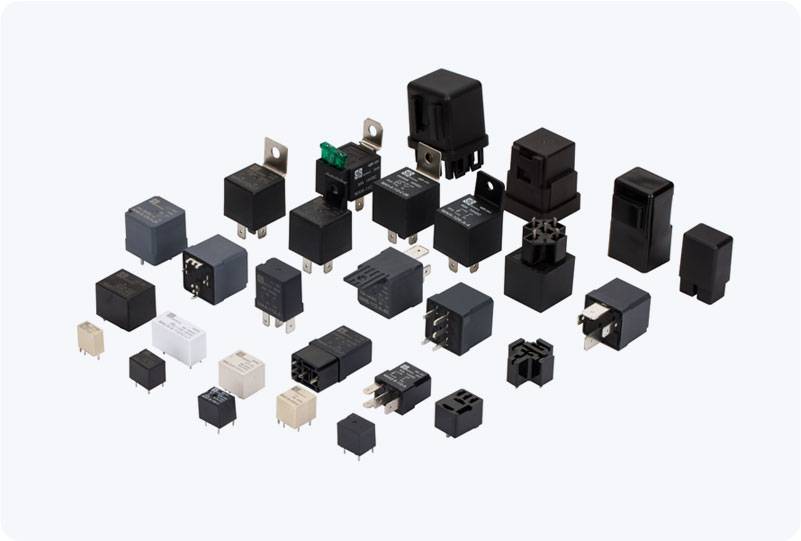High-voltage electrical systems are essential for power distribution across large areas, but they come with inherent risks. A critical aspect of maintaining the safety and reliability of these systems is monitoring the condition of insulation, which prevents electrical faults and ensures safe operation. The HV Insulation Fault Relay plays a crucial role in this, providing early detection and protection against insulation breakdowns in high-voltage environments.

What is an HV Insulation Fault Relay? An HV Insulation Fault Relay is a protective device used in high-voltage electrical systems to monitor the insulation status of electrical equipment such as transformers, cables, and switchgear. Its primary function is to detect any faults in the insulation before they escalate into more serious issues like short circuits, equipment damage, or fires. This relay works by continuously measuring the insulation resistance of the system and alerting operators when it falls below a predefined threshold. Importance of Insulation in High Voltage Systems Insulation in high-voltage systems acts as a barrier that prevents the unintended flow of electricity to the earth or to other conductive parts. It is crucial in protecting both the equipment and the personnel working on these systems. As insulation ages or degrades over time due to environmental factors, mechanical stresses, or electrical overloads, it becomes less effective, potentially leading to electrical faults.
Leave a Reply